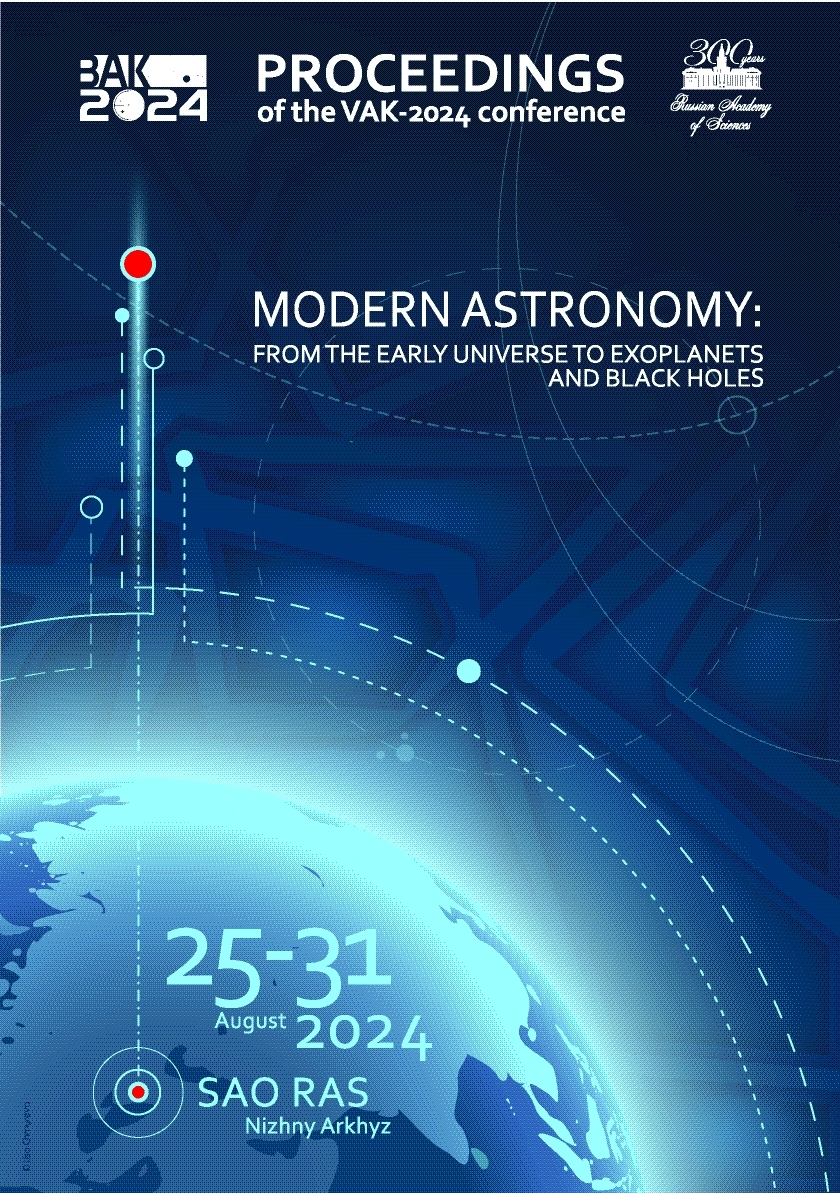Institute of Applied Astronomy of the Russian Academy of Sciences
UDC 53
UDC 520
UDC 521
UDC 523
UDC 524
UDC 52-1
UDC 52-6
CSCSTI 41.00
CSCSTI 29.35
CSCSTI 29.31
CSCSTI 29.33
CSCSTI 29.27
CSCSTI 29.05
Russian Classification of Professions by Education 03.06.01
Russian Classification of Professions by Education 03.05.01
Russian Classification of Professions by Education 03.04.03
Russian Library and Bibliographic Classification 2
Russian Library and Bibliographic Classification 223
Russian Trade and Bibliographic Classification 614
Russian Trade and Bibliographic Classification 6135
BISAC SCI004000 Astronomy
BISAC SCI005000 Physics / Astrophysics
The process of accretion onto a neutron star with strong magnetic field is discussed. The equilibrium radius, which is defined by equating the pressure of the accreting material with the magnetic pressure due to the dipole magnetic field of the neutron star, is estimated for the cases of a spherical accretion flow and a Keplerian accretion disk. It is emphasized that the magnetospheric radius of an accreting star is defined by equating the mass accretion rate observed in the system with the rate of plasma diffusion into the magnetic field of the neutron star at the magnetospheric boundary. Following this definition we obtained a system of equations, which are the continuity equation and the pressure balance equation. We show that the radius of magnetosphere evaluated in this way significantly differs from the equilibrium radius. In particular, the Alfven radius (which is just the equilibrium radius in a peculiar case of a spherically symmetric accretion flow) under the same conditions exceeds the magnetospheric radius of an accreting neutron star by more than an order of magnitude.
accretion, accretion disks; pulsars: general; magnetic fields
1. Arons J. and Lea S., 1976, Astrophysical Journal, 207, p. 914
2. Beskrovnaya N. and Ikhsanov N., 2024, Astrophysical Bulletin, 79, p. 104
3. Ikhsanov N. and Pustil'nik L., 1996, Astronomy & Astrophysics, 312, p. 338
4. Michel F., 1977, Astrophysical Journal, 216, p. 838






